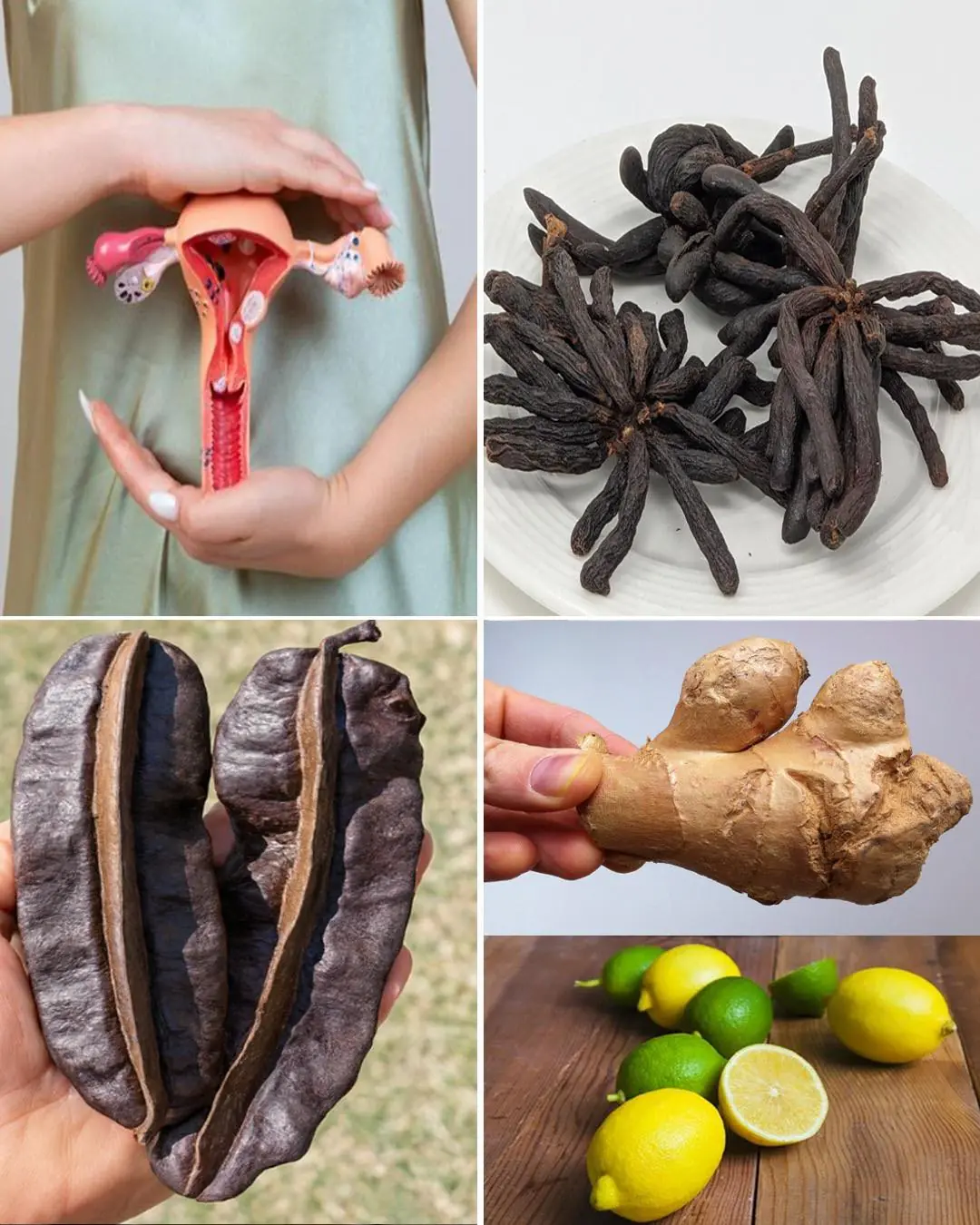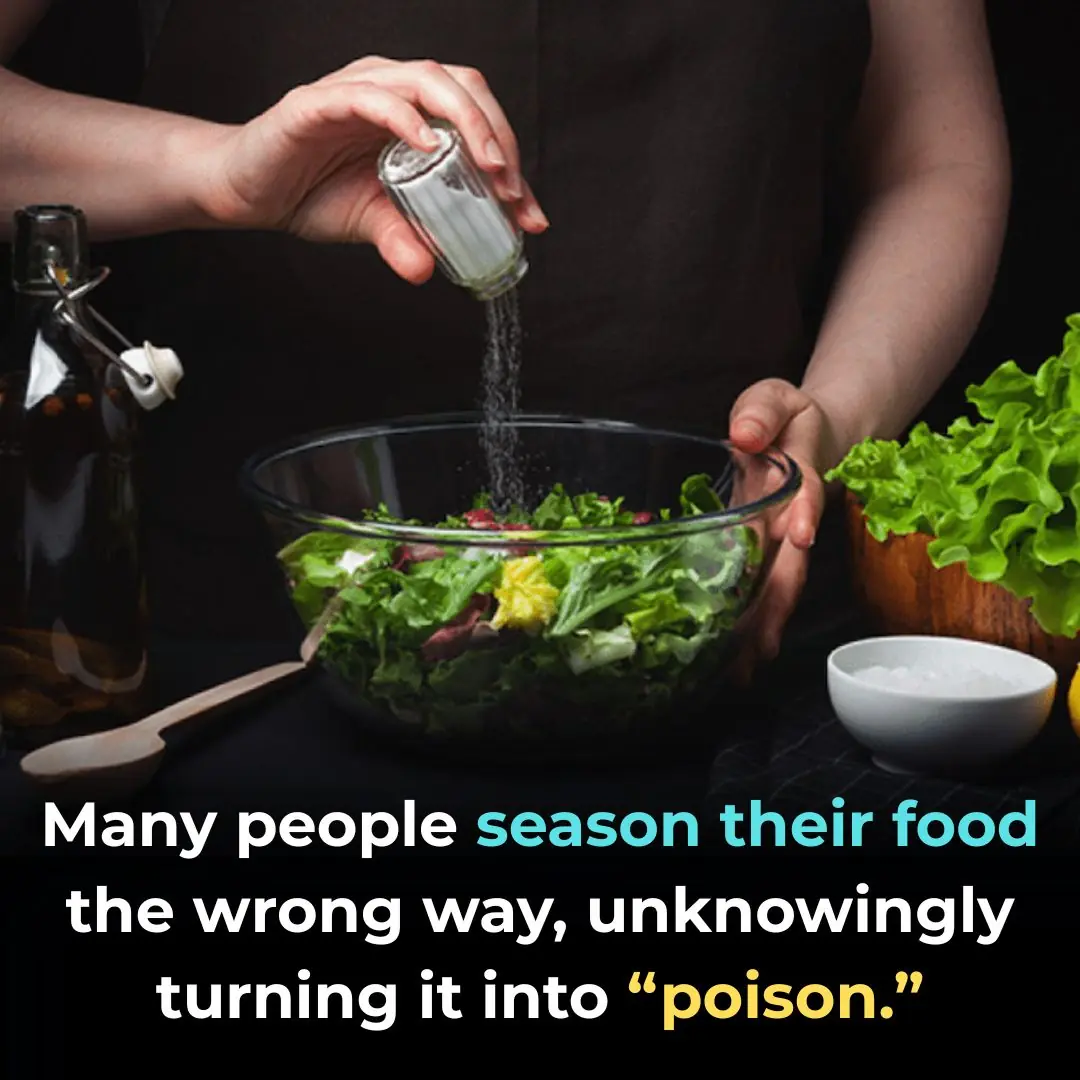
Be Careful When Buying Cooking Oil — If You See These Three Words, It's a “Blended Oil”
Cooking oil is essential in daily life — for frying, sautéing, and flavoring. In supermarkets you’ll encounter peanut oil, corn oil, canola oil, olive oil, etc. But according to a Vietnamese article, a tricky labeling clue means many people might be unwittingly buying “blended oil” rather than pure oil — and that can carry risks. (Tap Chí Đời Sống) tapchinuocmy.com
What the Article Argues
What Is “Blended Oil” (Dầu Pha / Dầu Trộn)?
-
“Blended oil” refers to oils made by mixing two or more types of vegetable oils in specific ratios. The article calls them “oil mixes” or “composite oils.” tapchinuocmy.com
-
The manufacturing process often involves decolorization, acid removal, color adjustment, and adding fragrance or flavor to disguise the blend. tapchinuocmy.com
-
While blended oils may look more vibrant or fragrant, inferior blends may be less well absorbed by the body, impose higher stress on the cardiovascular system, and (the article claims) possibly raise cancer risk over long-term use. tapchinuocmy.com
The “Three Words” Warning
-
The article emphasizes that many oils use a label with the phrase “dầu pha” (or “dầu pha chế”) — meaning “blended oil.”
-
If you see those three words on any brand’s packaging, it signals that the oil is a blend, and the article recommends avoiding it or at least scrutinizing its quality. tapchinuocmy.com
How to Distinguish Higher-Quality Oils
The article gives several tips for judging oil quality:
-
Observe color and clarity
-
High-quality oils tend to be light, transparent, and uniform in color — no visible sediment or cloudiness. tapchinuocmy.com
-
If the oil is murky, has floating particles, or is overly dark, that’s a red flag. tapchinuocmy.com
-
-
Check the ingredient listing
-
See what raw materials are listed. If you see terms like “genetically modified” (GMO), the article advises caution (even though the scientific consensus on GMO safety is more nuanced). tapchinuocmy.com
-
Check whether the process is “pressed” vs “refined” — the article argues that pressed oil is safer and more nutritious than heavily refined or filtered oil. tapchinuocmy.com
-
Also check for “cholesterol = 0” and low sodium, and higher levels of unsaturated fatty acids (e.g. 70–100 g) where beneficial. tapchinuocmy.com
-
Additional Risks & Misuse of Cooking Oil (as per the Article)
The article outlines 5 harmful practices with oils that can degrade quality or generate harmful compounds over time:
-
Heating until smoking
-
Many cooks wait until oil smokes before adding food — but that’s risky. High heat degrades the oil’s nutrients and can form peroxides, benzopyrene, acrylamide, and polycyclic aromatic hydrocarbons, which are damaging to health. tapchinuocmy.com
-
The article suggests preheating the pan first, then putting in oil, testing with a wooden chopstick (bubbles around it indicate readiness), and always avoiding oils with low smoke points for frying. tapchinuocmy.com
-
-
Using too much oil, especially for those with health issues
-
Excessive oil consumption contributes to obesity, high cholesterol, cardiovascular disease, and digestive problems. The article cites the guideline that fat should represent about 20–30% of daily calories; for an average adult, ~25–30 g of cooking oil per day. tapchinuocmy.com
-
People already overweight or with heart disease should adopt lower limits. tapchinuocmy.com
-
-
Reusing frying oil multiple times
-
Repeated reheating leads to the formation of toxic compounds like acrolein, aldehydes, peroxides, which irritate digestion and raise disease risk. tapchinuocmy.com
-
If you must reuse, filter out food debris, store in sealed containers in cooler areas, and avoid reheating many times. tapchinuocmy.com
-
-
Using home-pressed or small-scale oil from unregulated sources
-
Small, local producers may not follow rigorous safety, filtration, or refinement practices. Contamination, oxidation, or bacterial growth may occur. tapchinuocmy.com
-
Also, poor storage accelerates oxidation and spoilage. The article suggests choosing reputable, certified brands where possible. tapchinuocmy.com
-
-
Using expired or old oil
-
Even unexpired oil degrades after opening — exposure to air, light, or heat causes oxidation and rancidity. Over time it may produce peroxides, free radicals, and in rare cases mold or aflatoxin. tapchinuocmy.com
-
The article warns: once the shelf life is passed or if the oil smells off, discard it. Even within shelf life, open bottles older than ~3 months should be used cautiously. tapchinuocmy.com
-
Scientific and Health Perspectives: What Lines Up & What Needs Nuance
This article raises valid concerns, though some claims are overstated or lack rigorous backing. Below is a balanced view based on food science.
Valid Concerns
-
Thermal degradation: It’s well known that heating oils past their smoke point causes oxidation, breakdown of beneficial fatty acids, and formation of free radicals and harmful by-products.
-
Repeated reheating: Studies show reused frying oils accumulate polar compounds, aldehydes, and other harmful substances over time.
-
Safe storage: Light, heat, and air accelerate rancidity. Oils oxidize and degrade even when unspoiled.
-
Quality indicators: Clarity, absence of sediment, transparent packaging, and known processing methods are legitimate criteria to assess quality.
Claims That Require Caution or Further Evidence
-
The article’s broad statement that “any oil labeled dầu pha is harmful / always bad” is too rigid. Some blends are intentionally formulated (e.g., mix of oils) and may still follow quality standards—though labeling transparency is crucial.
-
The link between “blended oil” and increased cancer risk is speculative — the formation of carcinogens depends more on oxidation, adulteration, and heating practices than on blending per se.
-
The idea that iodine evaporates entirely or that nitrosamines form from salt at high temp requires careful context—these chemical behaviors are not straightforward and often require specific conditions.
-
Some small producers’ oils may be excellent if properly made — the issue is more with transparency, certification, and storage rather than all local oils being unsafe.
Practical Advice When Choosing & Using Cooking Oil
Putting together the article’s advice and food science knowledge, here are best practices:
When Buying Oil:
-
Look for clear, pale, uniform color—avoid cloudiness or sediment.
-
Read the ingredient list and manufacturing process—prefer “cold-pressed,” “expeller-pressed,” or “virgin / extra virgin” where suitable.
-
Check date codes, batch numbers, and shelf life.
-
Prefer reputable and certified brands, especially in unregulated markets.
-
Be wary of suspiciously cheap oil — the quality or composition may be compromised.
When Cooking with Oil:
-
Use the right oil for the right temperature—oils with higher smoke points (e.g., refined oils, peanut oil) for frying; more delicate oils (olive, sesame) for finishing or low-heat use.
-
Heat the pan first, then add oil, not the reverse.
-
Avoid letting oil smoke—if visible smoke, discard or reduce heat immediately.
-
Avoid excessive oil—use minimal needed.
-
Filter used oil (remove food particles) and don’t reheat too many times.
-
Store opened oil in cool, dark, airtight containers.
When to Discard Oil:
-
If oil smells rancid or off.
-
If color darkens significantly.
-
If used many times (experts often suggest a limit, e.g. fewer than 2–3 reuses)
-
If past expiry by substantial margin.
News in the same category

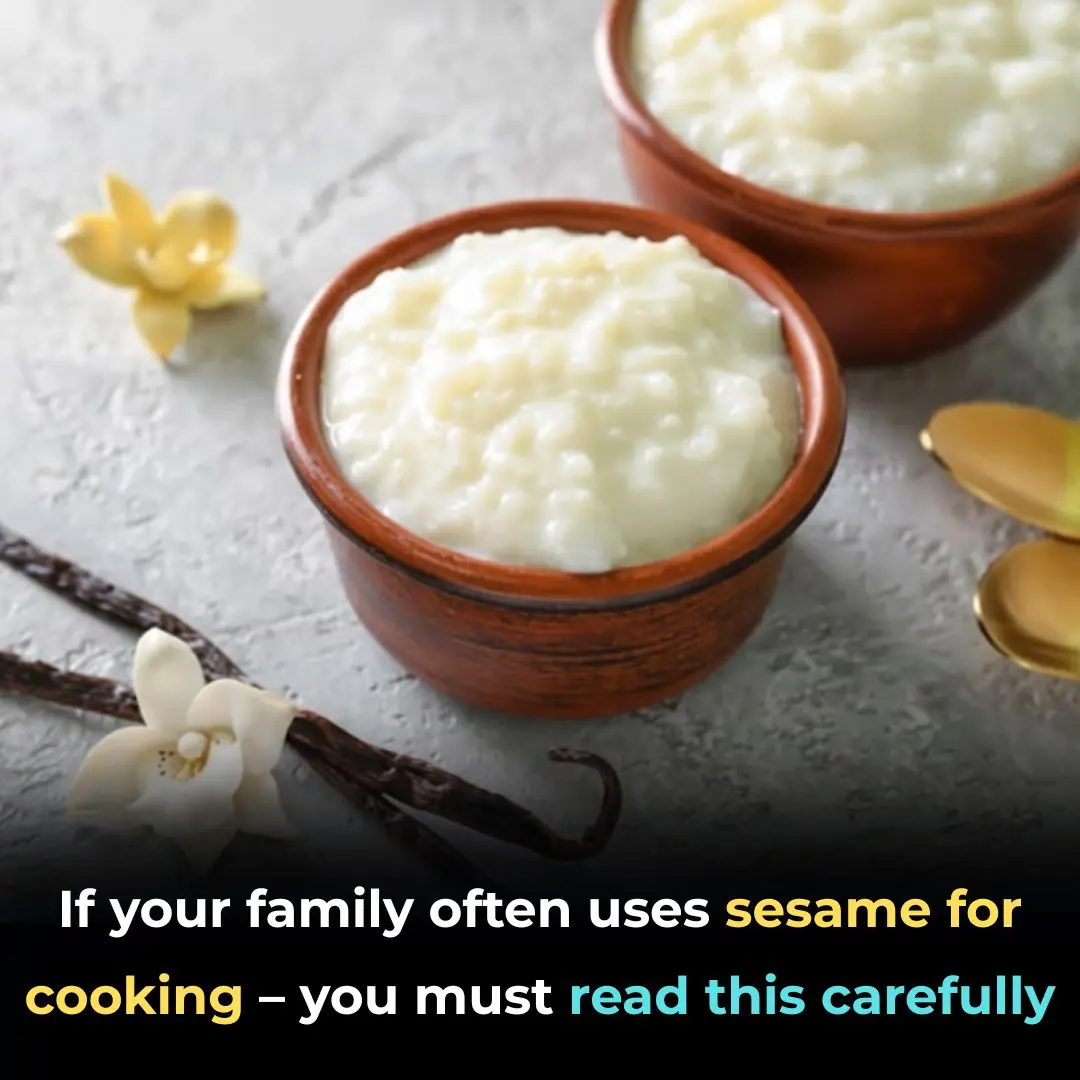
If Your Household Regularly Uses Mẻ in Cooking — Be Sure to Read This Carefully!
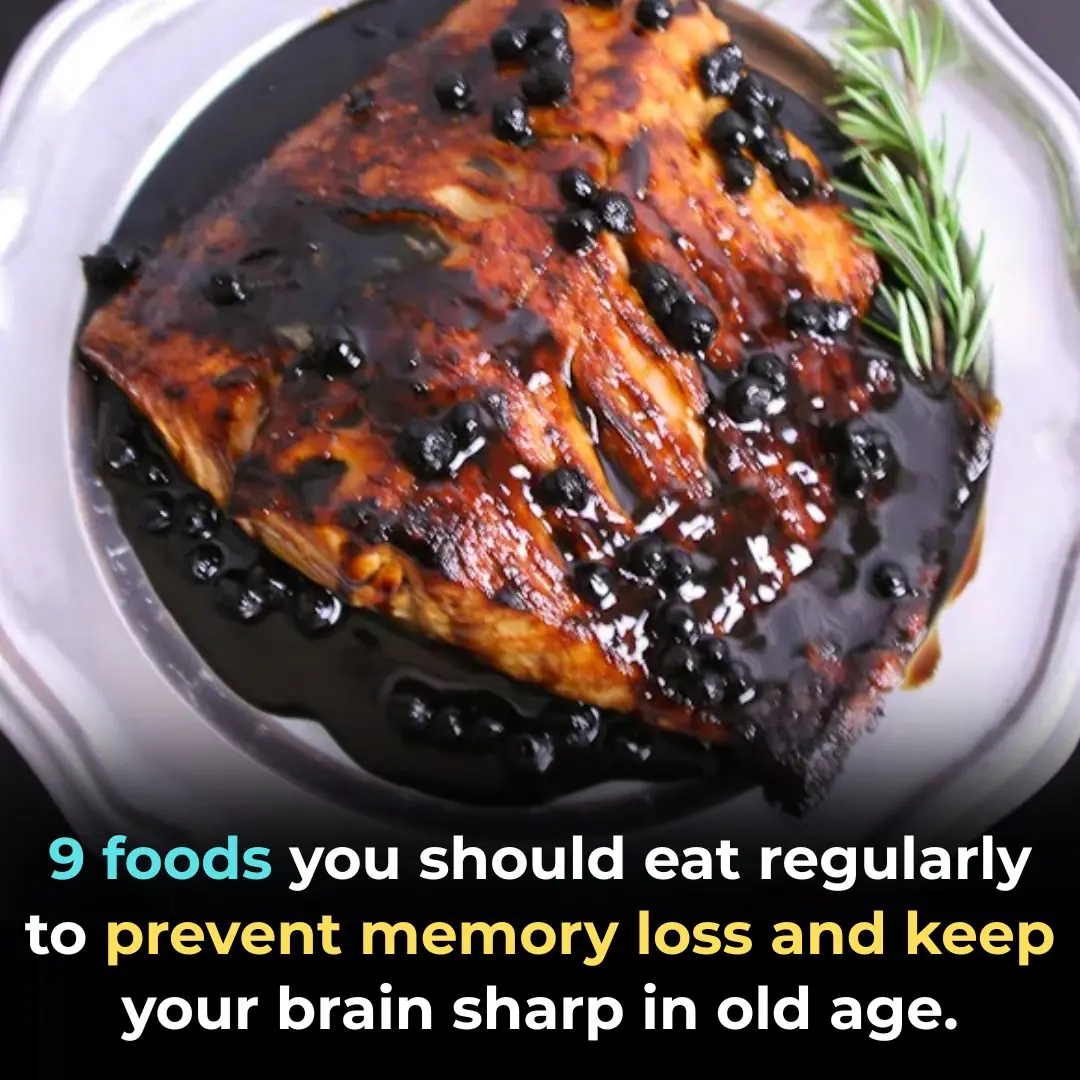
9 Foods to Eat Frequently to Prevent Memory Decline and Keep Your Brain Sharp with Age
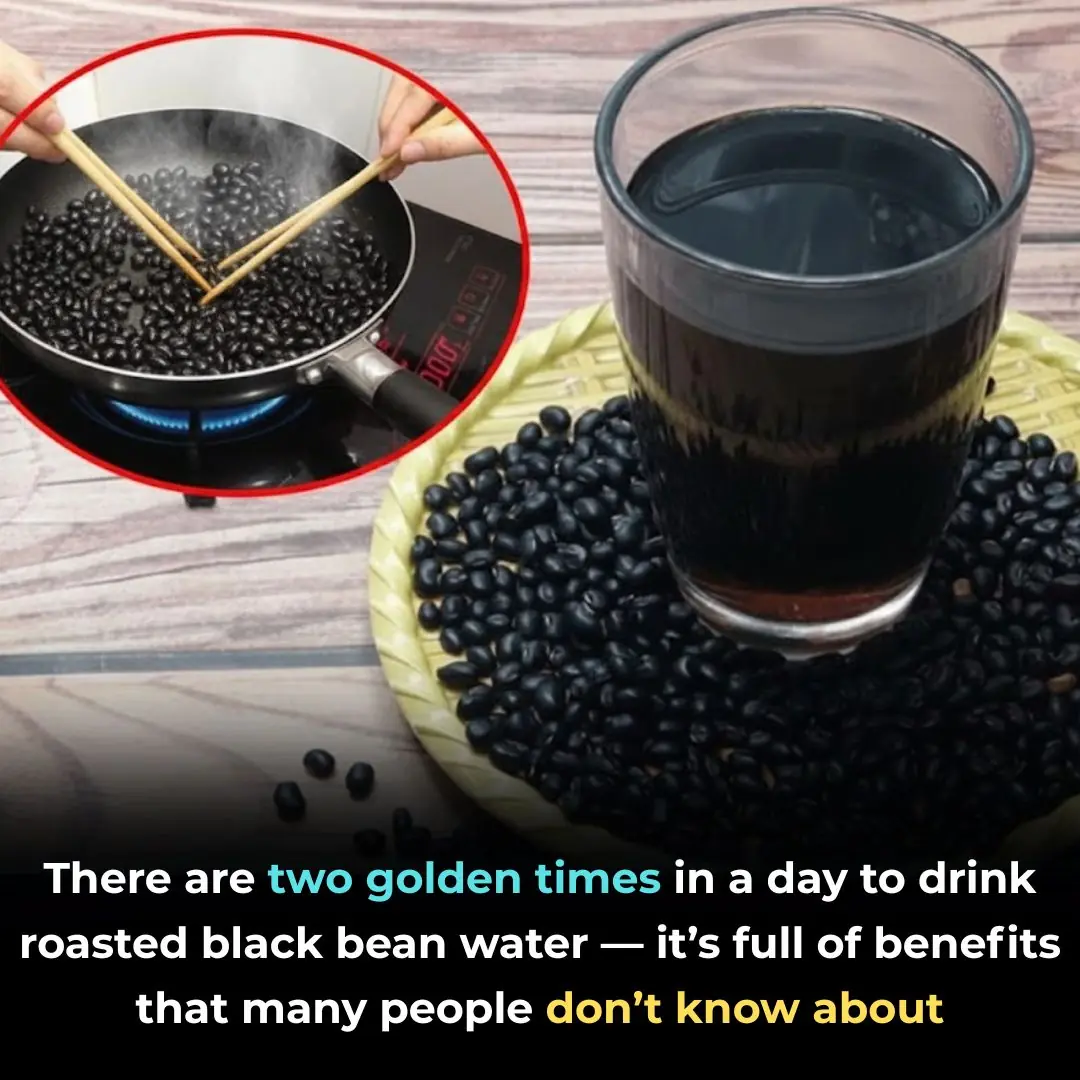
Two “Golden Times” in the Day to Drink Roasted Black Bean Water — Big Benefits You Might Not Know
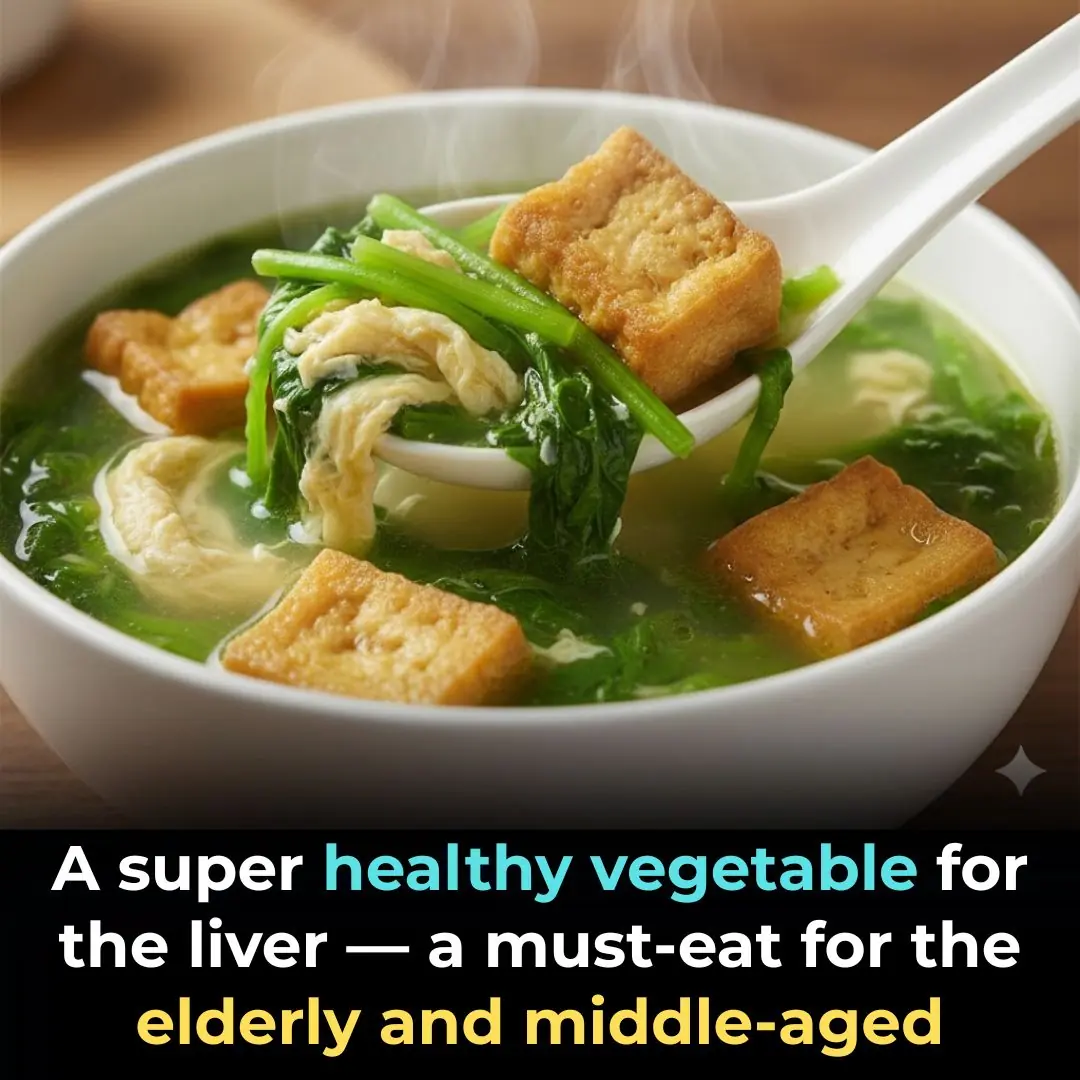
The Super Vegetable You Must Eat for Liver Health — Especially for Elders and Midlifers

Man accidentally purchases Tesla that's banned from all supercharger stations

Scientists are warning that over 100 million buildings could end up underwater as sea levels keep rising

Giving Back: 6-Year-Old Feeds Homeless For Her Birthday

This 4-Year-Old Honorary Librarian Has to be the Cutest and Most Well Read Kid Ever

Pamela R. Goodwine Becomes First Black Woman Elected to Kentucky Supreme Court

This Daughter Gave Her Dad The Perfect Shirt To Celebrate Him Being Cancer-Free

Atlanta’s First Black Mayor’s Childhood Home to Serve as Affordable Housing for Spelman Staff

Artist Jade Yasmeen Creates The First Hyperrealistic Portrait Of Harriet Tubman In Color

‘He Still Talking About Her’: Devon Franklin Says He Struggled for a Year After Divorce While Meagan Good Took Steps to Move On

Easy Ways to Clean Your Phone Speaker at Home — Almost Anyone Can Do It
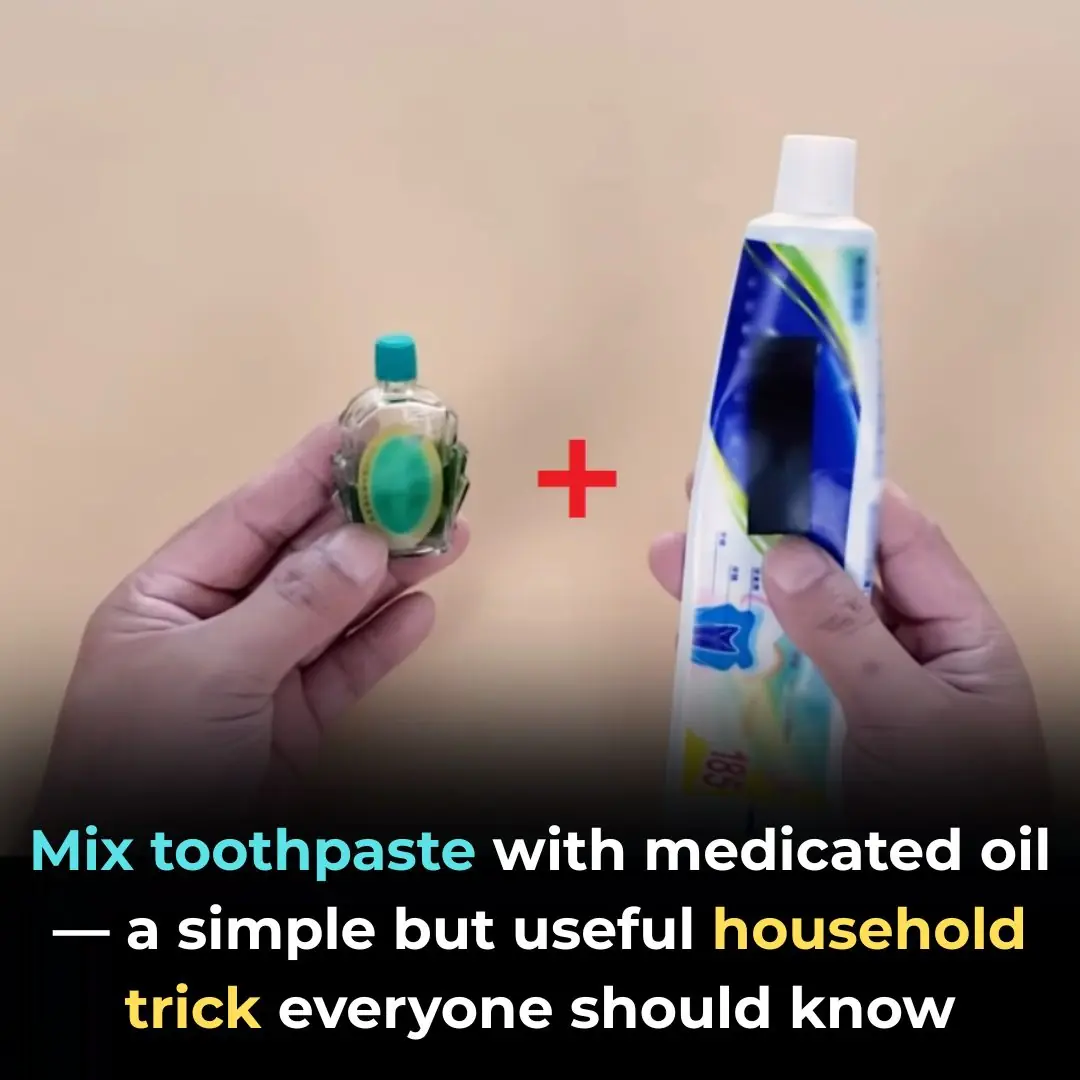
Mix Toothpaste with Medicated Oil: A Handy Household Hack You’ll Want to Try

Don’t Marinate Beef with Salt Alone — Use This Trick to Make It Tender, Juicy, and Flavorful
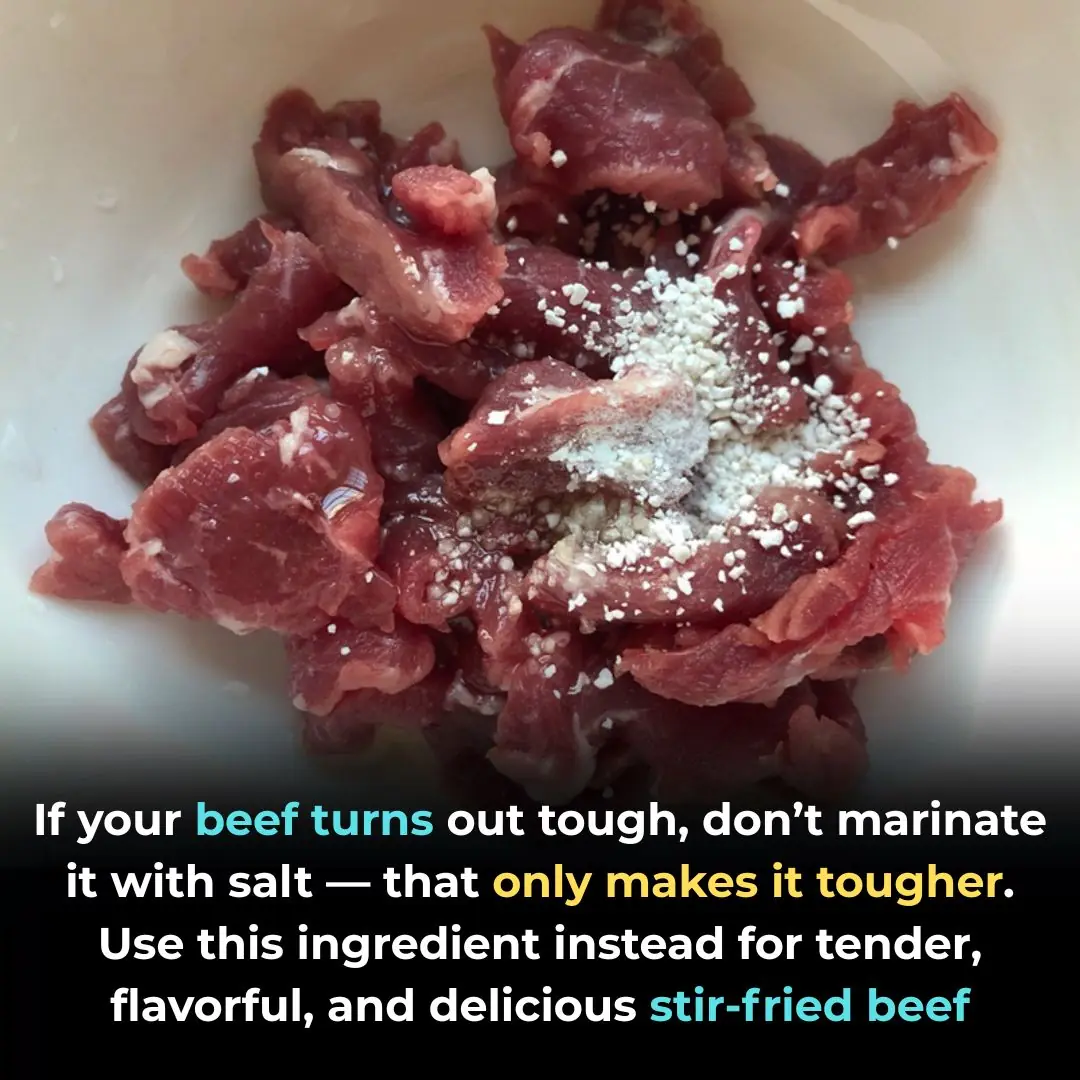
Don’t Marinate Beef with Salt Alone — Use This Trick to Make It Tender, Juicy, and Flavorful

Hot Coffee vs. Iced Coffee — Which One Offers More Benefits?
News Post

A Final Gift of Love: Remembering Tonika West

Millions Season Food Wrongly — Turning Seasoning into a Hidden “Poison”

If Your Household Regularly Uses Mẻ in Cooking — Be Sure to Read This Carefully!

Laid to Rest: Houston Mourns 11-Year-Old Julian Guzman

9 Foods to Eat Frequently to Prevent Memory Decline and Keep Your Brain Sharp with Age

Two “Golden Times” in the Day to Drink Roasted Black Bean Water — Big Benefits You Might Not Know

The Super Vegetable You Must Eat for Liver Health — Especially for Elders and Midlifers

The House That Ruth Built: The Babe’s Final Farewell.

The Day the Herd Came Together: A Mother’s Cry and an Elephant’s Courage.

Love Comes in Every Color: A Family’s Beautiful Reminder That Genetics May Surprise Us, but Love Never Does.

J’aime the Baby Rhino: The Little Survivor Who Learned to Love Again.
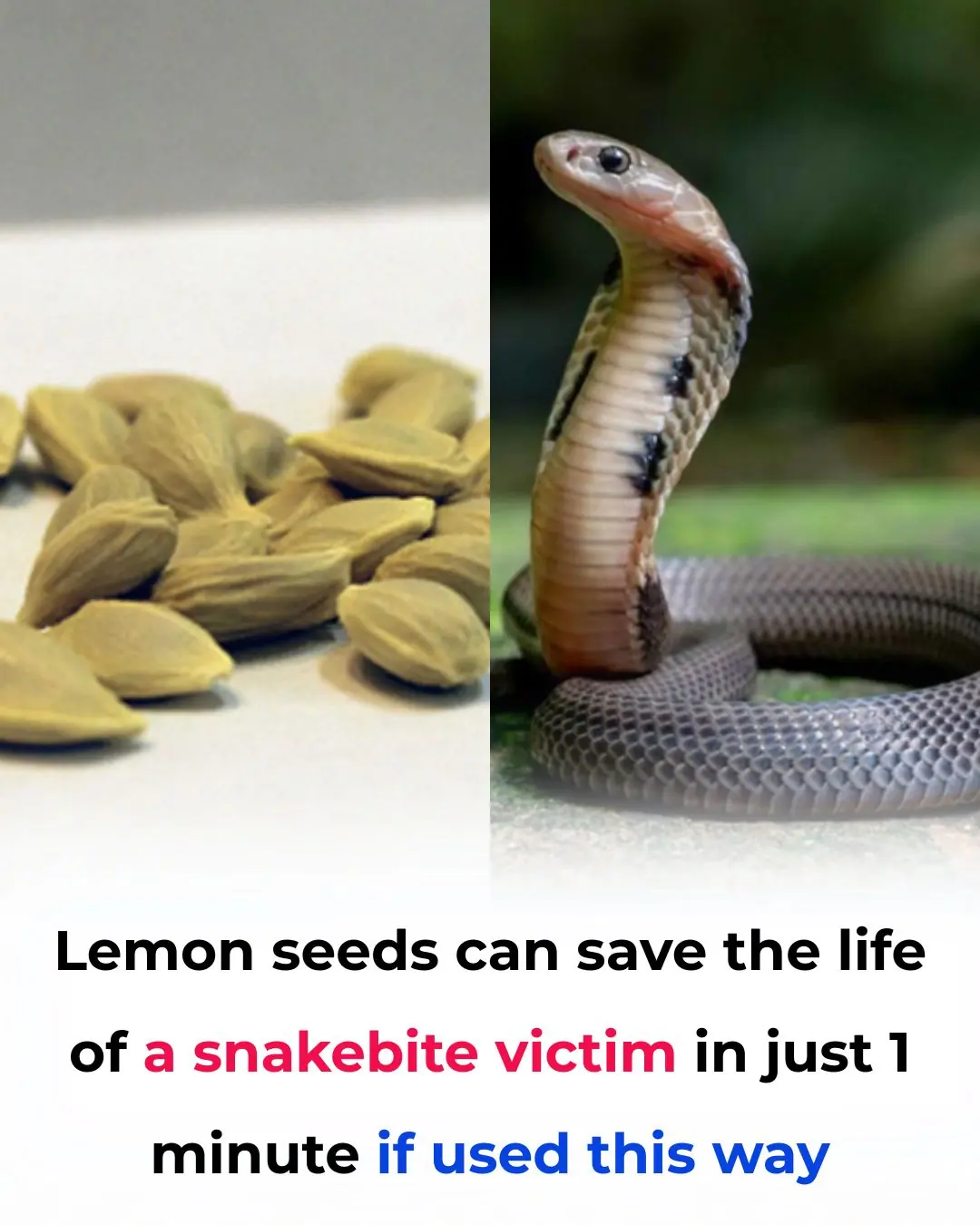
Lemon Seeds Can Save a Snakebite Victim Within Just One Minute If Used This Way
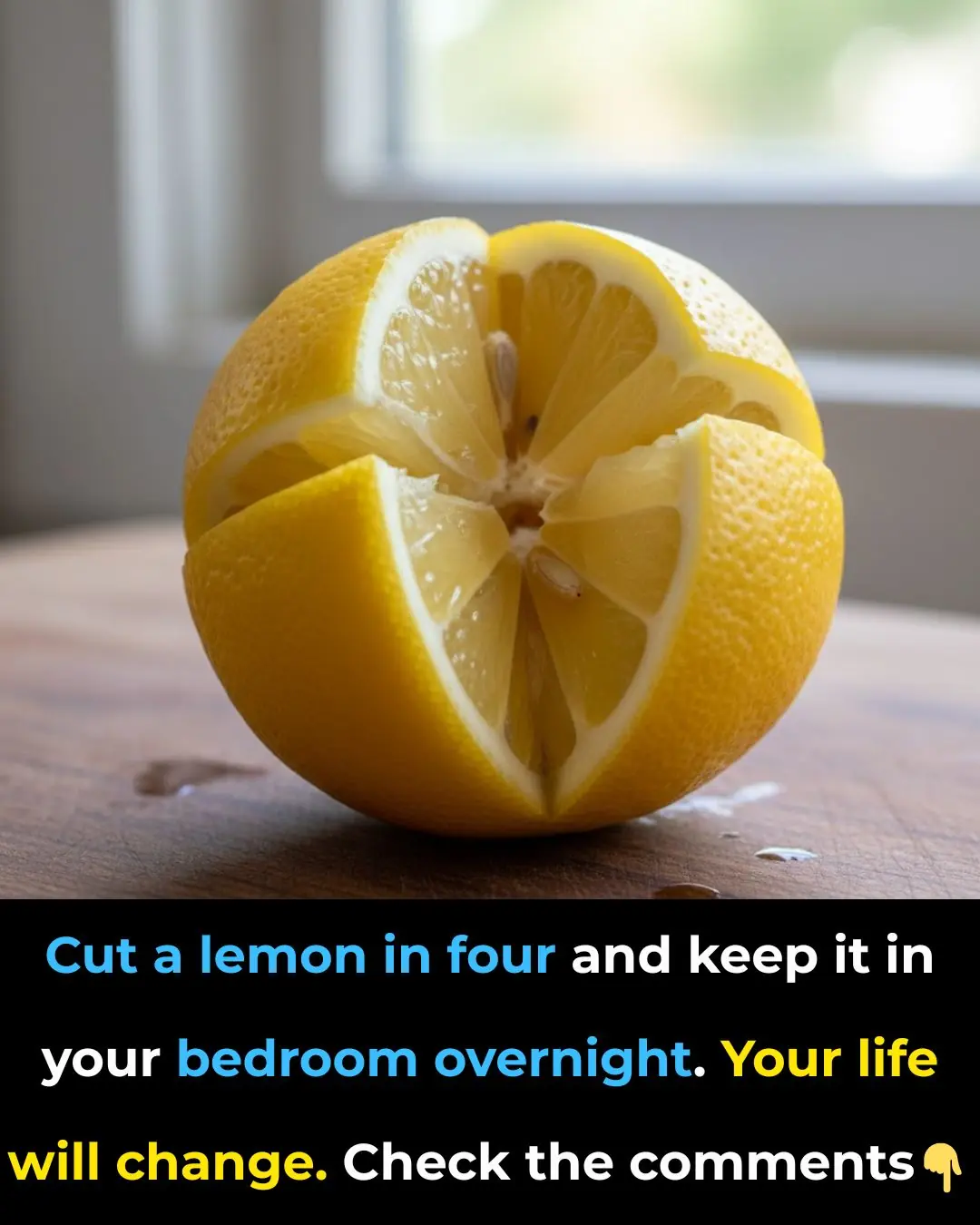
Why Keeping A Lemon In Your Bedroom Is A Great Idea

Put salt in your toilet. Here's why. This is something plumbers will never tell you
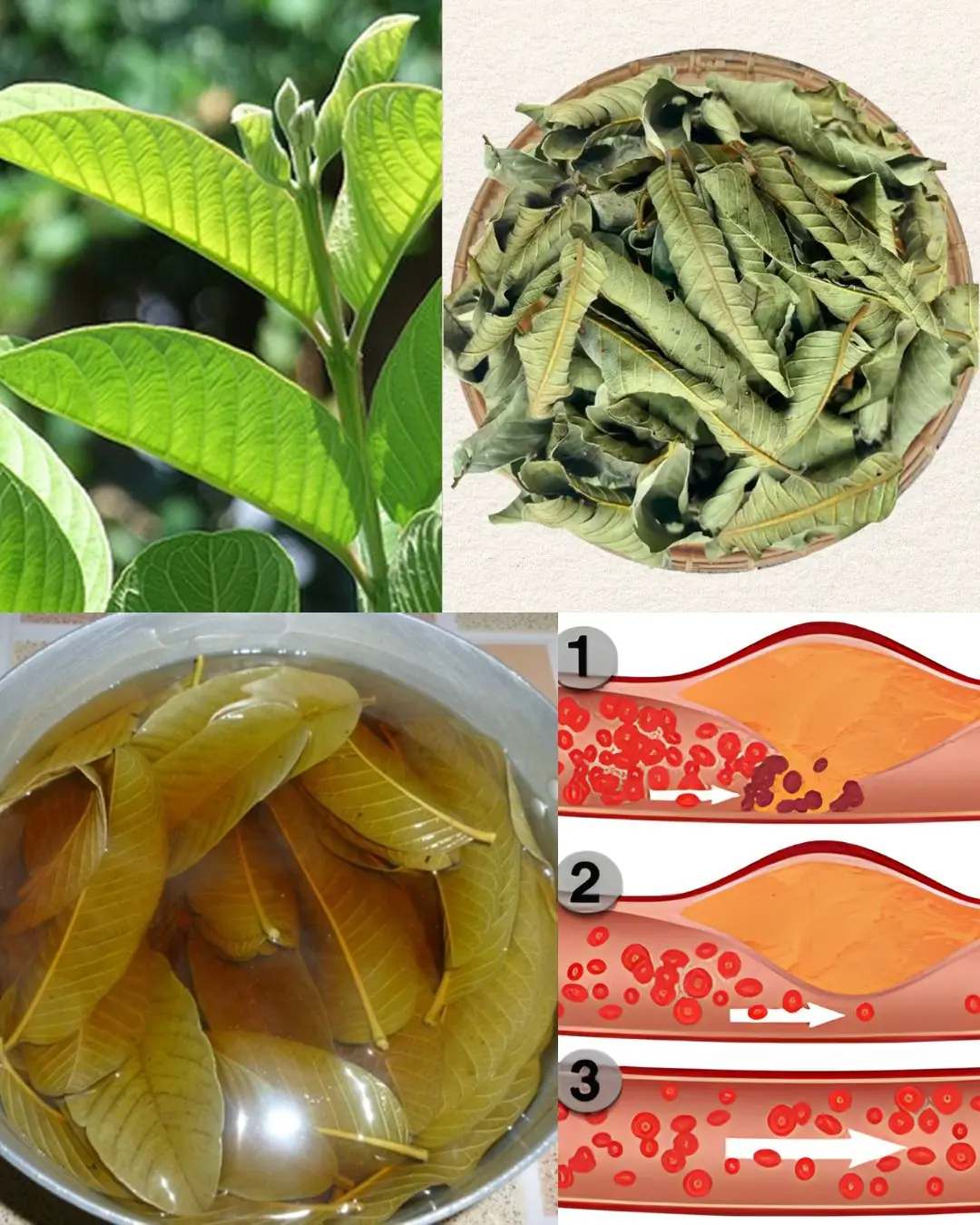
Guava Leaves for Blood Sugar Control: Nature’s Gift for Diabetics
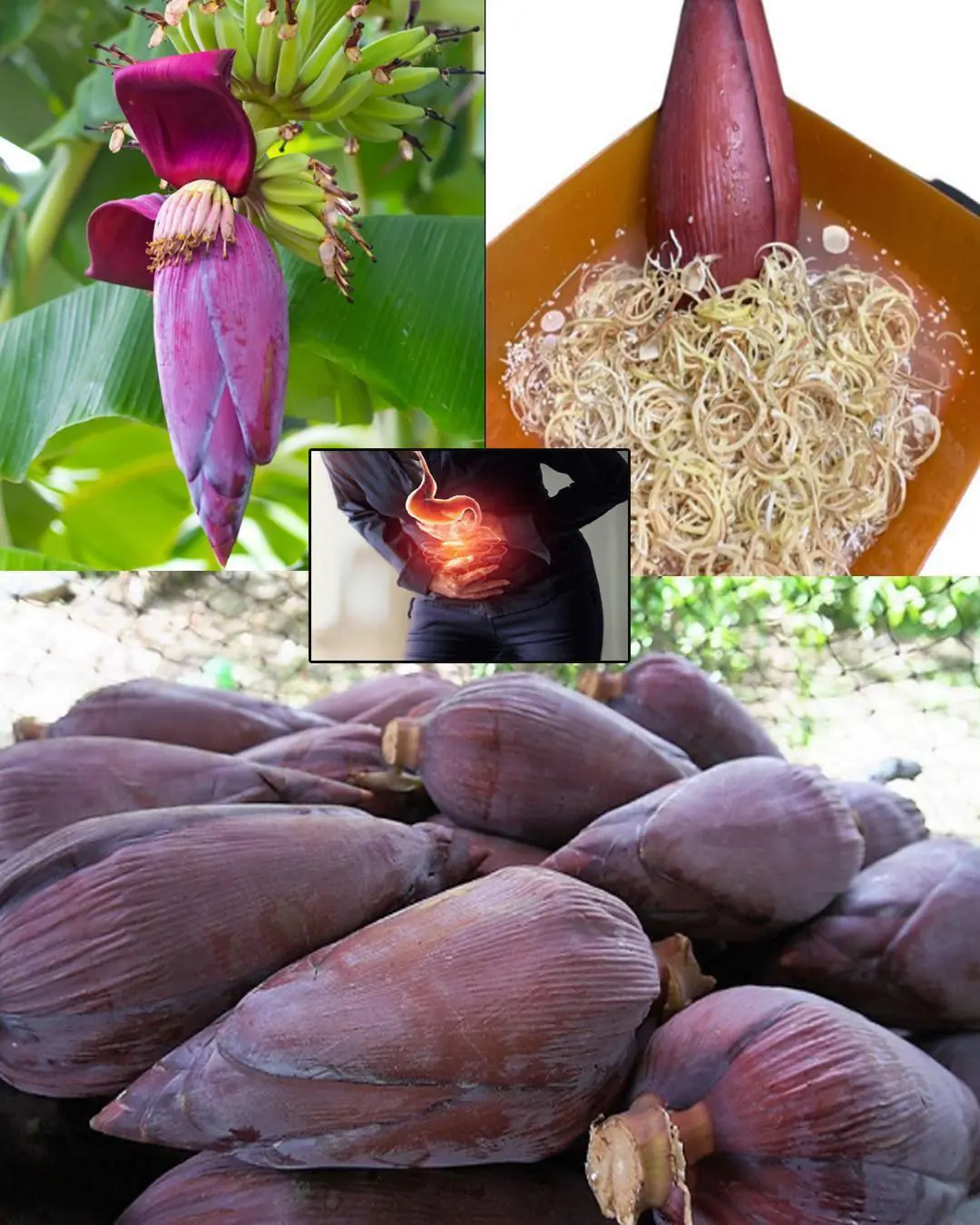
Banana Blossom: Health Benefits, Recipes, and Uses
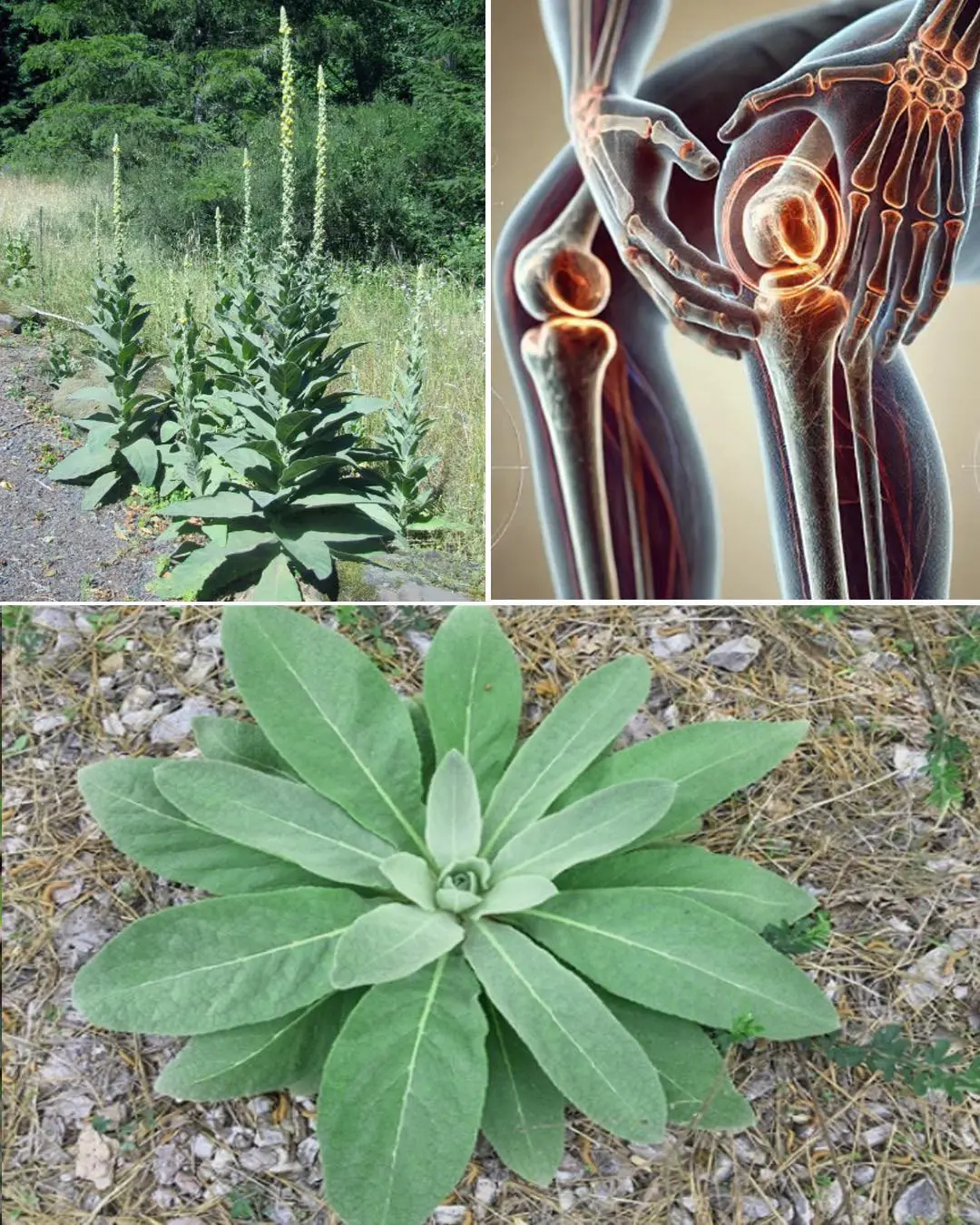
Common Mullein: Benefits and Uses of Nature’s Versatile Herb
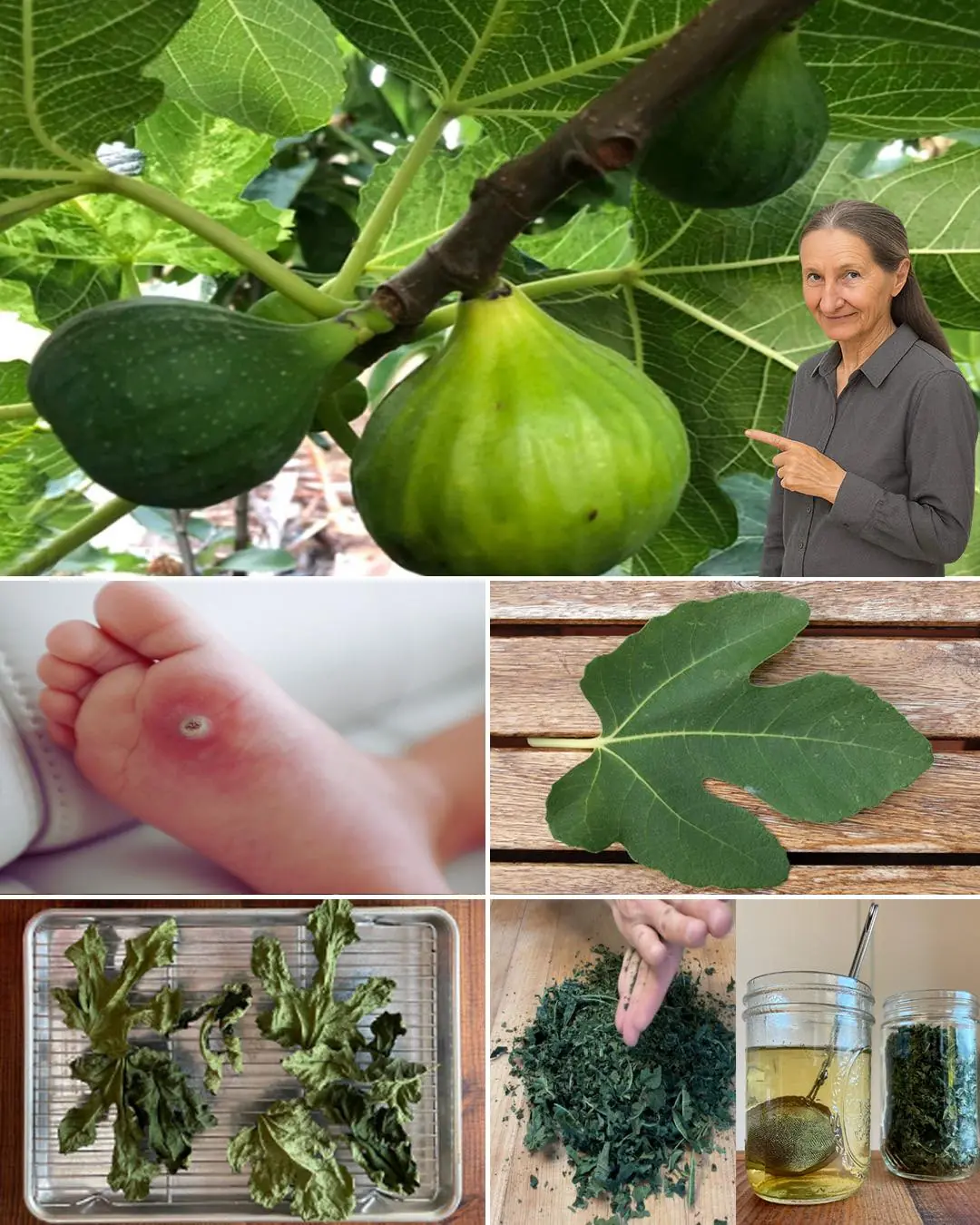
Fig Leaves: Surprising Benefits and Uses
